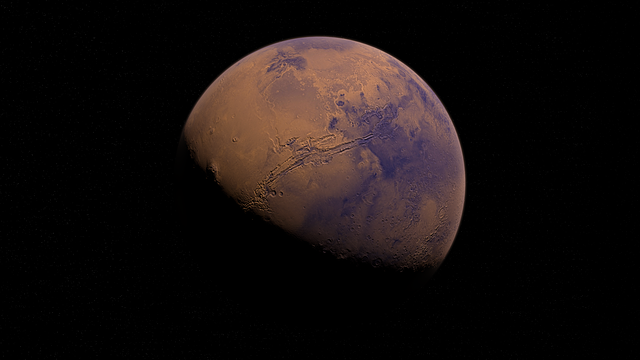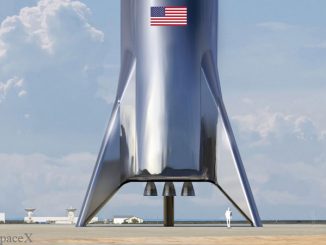
Health risks associated with space radiation are among the problems encountered by astronauts on their space mission. The recent isolation experiment of NASA’s HI-SEAS has promising results. In line with this, NASA is using up its resources to seek weapons against the health hazards obtainable in the actual mission to the red planet.
Some of the health hazards caused by space radiation include carcinogenesis, acute radiation syndromes from SPEs, degenerative tissue effects, and central nervous system (CNS) risks. NASA’s research physicist Tony Slaba said, “Determining astronaut health consequences following radiation exposure involve very complex processes. It’s difficult to quantify exactly how radiation is interacting with tissues and cells — and more complicated to quantify and determine what long-term outcomes are going to be in terms of the potential diseases and biological system effects.”
Radiation in spaceflight is quite dissimilar with radiation on Earth even if some symptoms and consequences are similar. Radiation is deadly because it has enough energy to destroy or alter DNA molecules, which can permanently damage a cell. This could increase the risk of cancer and nervous system damage. NASA’s HRP is exerting more effort and attention to the overall well-being of the astronauts. Peter Guida, NASA Space Radiation Laboratory liaison biologist, said, “The primary means by which radiation effects cells is by damaging DNA — breaks in strands could be experienced. The cell will make an attempt to repair these damages.
Sometimes it’s effective and sometimes it’s not, and sometimes it can be misrepaired. Genes that have been misrepaired can become mutations, and the accumulation of these mutations over time can potentially lead to cancer.”
The US President, Donald Trump, issued a mandate for NASA to speed up in getting people to Mars. 2033 was set as the deadline. After a few days, NASA responded with a very detailed plan in reaching Mars. The plan details five phases on the way to the red planet. The budget allocated to NASA is about 5% of the total U.S. budget. The round-trip duration is estimated to be around 2 to 3 years.
In the NASA feature, Slaba said, “In space, outside Earth’s protective magnetic field and atmosphere, there is a very complex radiation field of protons, and all the elements on the periodic table are coming in at energies approaching the speed of light.”
SpaceX’s founder and CEO, Elon Musk, is in a rush to beat NASA in the race to get to Mars. SpaceX estimated to complete the mission by the year 2020. On the other hand, Mars One crews are set to depart to Mars on 2024.
The goal of establishing a human settlement on Mars is one huge step in opening up connections in the solar system. Uniting the humankind through this scientific breakthrough is a feat like no other.
Disclaimer: This page contains affiliate links. If you choose to make a purchase after clicking a link, we may receive a commission at no additional cost to you. Thank you for your support!




Besides all this, the long term effects of weightlessness are not taken seriously enough. At NASA’s estimate of 1.5% bone density loss per month, returning travelers would not be able to stand or walk. The loss of cardio vascular system strength (not much is needed in zero gravity) would make returning travelers invalids. Restoring their human form will take several years. Humans born and raised on Mars would not even look human as we know it, and could not ever visit here and survive.
Actually, NASA’s budget is about 0.5% of the federal budget, not 5%.